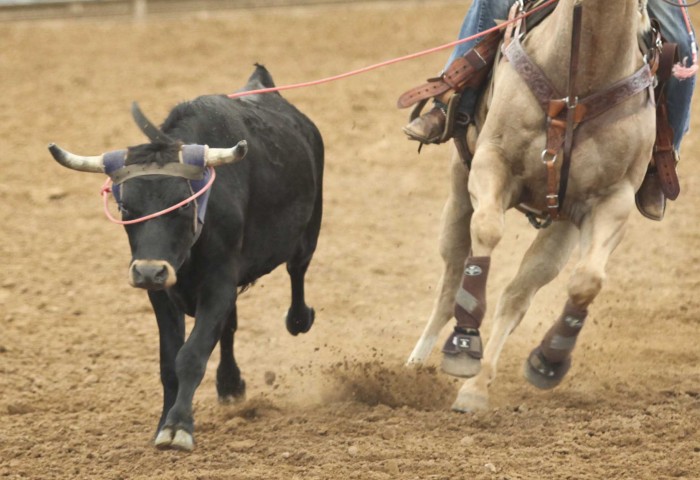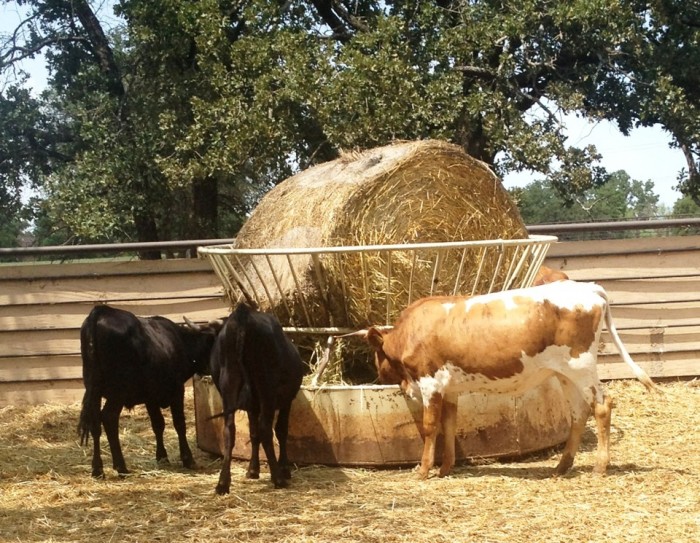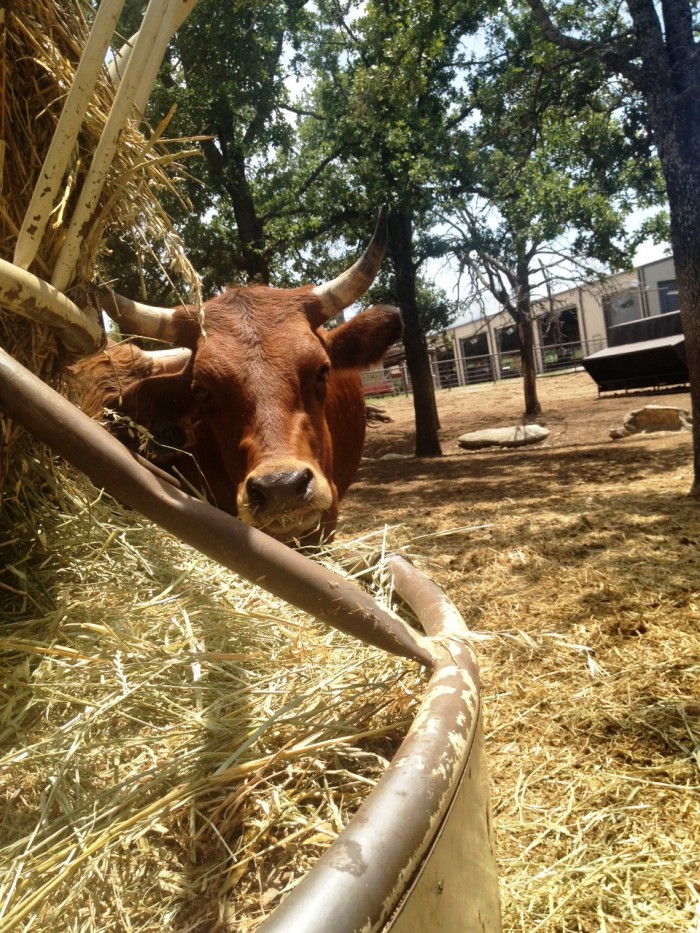7/25 – Surprise… There are More than 2 Athletes in Team Roping; Part 1 from FSR Cattle Co
0We all know that the sport of team roping takes 2 athletes, a header and heeler. Most know that the horses that are backed in the box are athletes as well. So, now we have 4 athletes. However, very few realize that there is one more athlete in the equation… the roping steer (or heifer), who makes 5. Now that we have 5 athletes that all have to work together in harmony in pursuit of a perfect run, it is easy to see why winning in the roping pen takes more than just skill. It takes 5 athletes working together in what is often times less than 7 or 8 seconds. The idea that it takes all 5 to work well together to win, is not a new or novel idea. However, what may be a new or novel idea for many is the fact that the roping steer (or heifer) is also an athlete.
Thousands of dollars are spent on veterinary care, supplements, splint boots, special saddle pads and feed (of course this list can go on) to assure that the rope horse feels and performs his best. As much as many would hate to admit it, the real reason these dollars are spent to make our rope horse feel good is so he/she will work well and we, the avid team roper, in turn will increase our chances of winning. Furthermore, the more conditioned and healthy our horses are, the more runs we will get out of them. This sounds like the obvious and quite frankly it is. However, what about that roping steer that is also running down the pen?
The minute the roping steer/heifer slows down, drags, or throws head tricks, they are deemed roped out and sold at a fraction of the cost of when they were fresh. With the high cost of roping cattle these days and the difficulty in finding them, this is a lot more time consuming and expensive to do than in years past. So what is the solution? It is an easy one…. Remember that your practice cattle are athletes as well. They require more than a poor quality bale of hay and water to perform. They require proper nutrition, proper care, and from time to time, training, just the same as your head or heel horse.
When we mention proper nutrition, we are not advocating that you feed your roping cattle premium alfalfa hay, and sacks and sacks of expensive feed. You are not feeding market animals, you don’t want them too fat or fresh and the cost would be enormous. The general rule of thumb is that a cow needs to be fed 2% (2.5% for a younger steer/heifer) of their body weight just to maintain their current weight. So as an example, let’s take a look at a 400 lb roping steer. This steer should eat, at a minimum (400 x 2%) 8 pounds of hay per day and as much as 10 lbs per day. However, it is necessary that you feed your roping cattle good quality hay that has nutritional value. Old, dry and brown hay is only going to fill their belly, but not give them the energy they require to run strong and make numerous practice runs on.
Another feeding tip to implement is identifying your herd. We all strive to have that perfectly matched pen of steers in which every steer/heifer is the same size and weight. However, often times, this is not possible. Like we mentioned earlier, roping cattle are becoming much more difficult to find and expensive to buy. As a result, you may have a mixture of younger, smaller cattle and older/larger cattle in your practice pen. If you have some cattle in your roping herd that are smaller or timid, try separating them from the rest of the herd so they are not run off their feed. Just throwing a bale of hay and sack of feed for the entire herd to fend for themselves on may leave that smaller/younger steer with far less feed than he requires to maintain his weight and energy levels. In turn, that steer is going to be weaker and not last near as long.
Finally, remember that when temperatures drop, cattle will expend much more energy trying to keep warm. As a result, they are going to require additional energy and nutrition. This is the time of year that cattle will need to be “caked” as many call it. Specifically, caking your cattle is feeding them concentrated cattle feed high in protein that is usually in the form of cubes. Also, instead of caking cattle, you can provide them other grain(s) that will provide their body with the additional energy they will require in an effort to keep their body temperature warm enough.
While these recommendations may appear to be either expensive or time consuming, it is best to take a second look. Roping cattle are high in demand, difficult to find and becoming more and more expensive to buy. By implementing a good feed program for your roping cattle, you will be fueling your cattle with what they need so that they will run stronger, last longer, and be able to make more runs during each practice session. Remember, your roping cattle are the 5th athletes in the sport of team roping.
Article written by Erin Siegal Reich of FSR Cattle Company LLC
“Surprise… There Are More Than 2 Athletes in the Sport of Team Roping; Part II” to be in our next issue.





